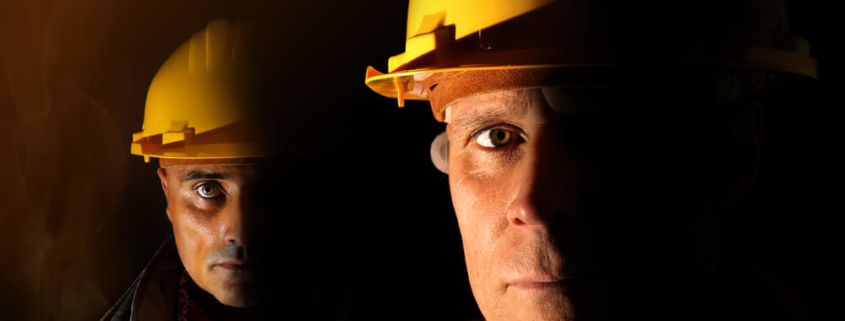Mining Health Safety
The mining industry has a unique history and comes with its own set of challenges. When workers are tasked with pulling material from the ground that will fuel a nation, there’s risk involved, and some of the health risks to miners can be quite serious.
But mining is also a highly regulated industry that has the benefit of various safety protocols and strict legislation that is meant to keep workers and communities safe. In fact, the fatality rate in the industry has dropped over time.
7 Common Mining Health Safety Risks for Miner Protection
Even though mining companies have an obligation to follow health and safety protocols, some do a better job at this than others. Workers are the last line of defense when it comes to their own safety and wellbeing. There are several risks that mining workers can watch out for in this industry to reduce the chances of a serious injury or a workplace fatality.
- Coal Dust
One of the most common health concerns for miners is the inhalation of coal dust. When this happens repeatedly, it is the cause of what is known as “black lung” or “miner’s lung.”
Black lung is a type of occupational disease in the pneumoconiosis group, which can vary in severity. Mining companies are highly regulated with respect to preventing this, but cases still occur.
Workers should ensure they are using the proper respiratory protection and dust control protection and insist on training and medical screening for early detection.
- Noise
Mines are noisy environments with heavy machinery and constant drilling. The potential for hearing damage is significant among miners.
Mining companies should evaluate conditions to reduce noise exposure whenever possible. Workers should also use proper hearing protection and should be trained in its use.
- Thermal Stress
Another common hazard that mine workers face is thermal – or heat – stress. Mining environments can be humid and hot, causing severe thermal stress in workers.
When a person is overexposed to humidity and heat, their body can become distressed and fatigued. This can lead to heatstroke and other serious problems like respiratory distress.
Whenever possible, mining companies should try to control the environment so that it limits a worker’s exposure to prolonged heat. Workers should understand how to avoid, recognize, and treat thermal stress before it becomes something more serious.
- Chemical Hazards
Miners are also exposed to harmful and dangerous chemicals in their work. Every chemical used in a mine has a unique list of hazards and should be handled appropriately to avoid exposure and injury.
Mining companies should develop standard operating procedures that address the safe handling of chemicals, their proper disposal, and the correct use of personal protective equipment (PPE) by workers.
A safe workplace will also have proper ventilation to minimize exposure and a spill response plan to address accidents.
- UV Exposure
For miners that work in open pits, there is a significant risk of over-exposure to ultraviolet (UV) radiation from sunlight. This puts workers at a higher risk of skin cancer as well as potential vision damage.
Too much UV exposure can also lead to dehydration, nausea, and headaches in the short-term. Employers and workers should understand the risks of high UV exposure as well as create protocols to protect miners from this hazard.
- Whole Body Vibration
Workers that continually operate heavy machinery have a greater chance of developing a physical condition related to whole body vibration (WBV). WBV can happen from sitting on or standing next to large machines.
Symptoms of WBV include digestive problems, visual impairment, musculoskeletal disorders, and reproductive damage in females. Workers should reduce their exposure to constantly-running machinery whenever possible.
- Musculoskeletal Disorders
A WBV can cause a musculoskeletal disorder (MSD), but other workplace hazards can also cause this condition. MSDs are considered any problems affecting your muscles, bones, nerves, and blood vessels.
A mine worker can trip and fall, become injured due to heavy lifting, or suffer injuries from exertion over time. Employees should receive training on avoiding and recognizing MSDs in the workplace.
Were You or a Loved One Injured in a Mining Accident?
While mining safety is vital to the health and wellbeing of coal workers, accidents still happen, and people still become gravely ill. The coal mining industry has a responsibility to protect and safeguard its workers, but it often falls far short of its obligations.
If you or someone you love has been injured, become ill, or was killed due to conditions in a mine, you may have the right to compensation. Contact Bailey Javins & Carter at (304) 932-4639 or reach out to us online. Our experienced mine accident injury attorneys will explain your options and fight for the damages you need and deserve.






Leave a Reply
Want to join the discussion?Feel free to contribute!